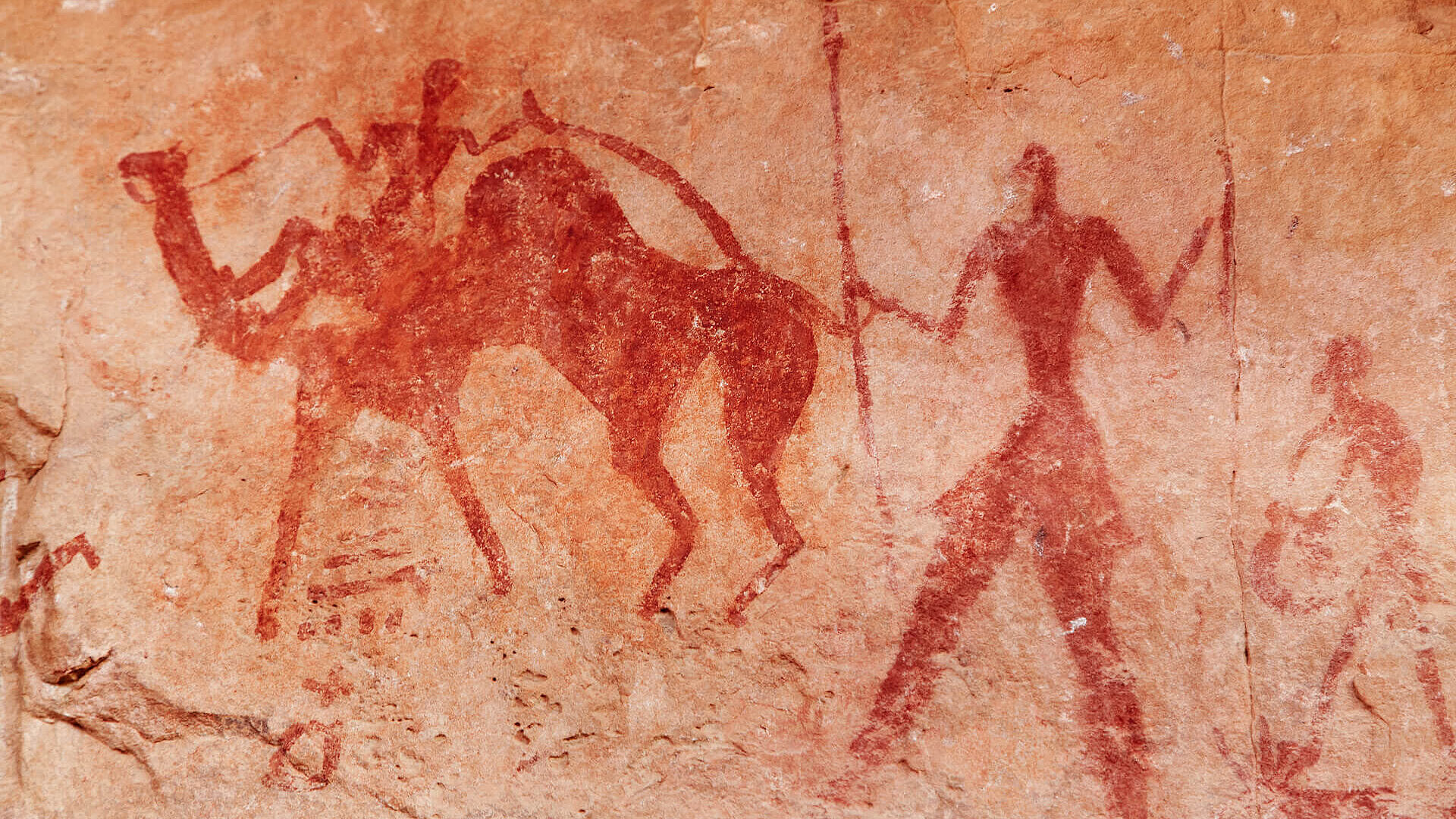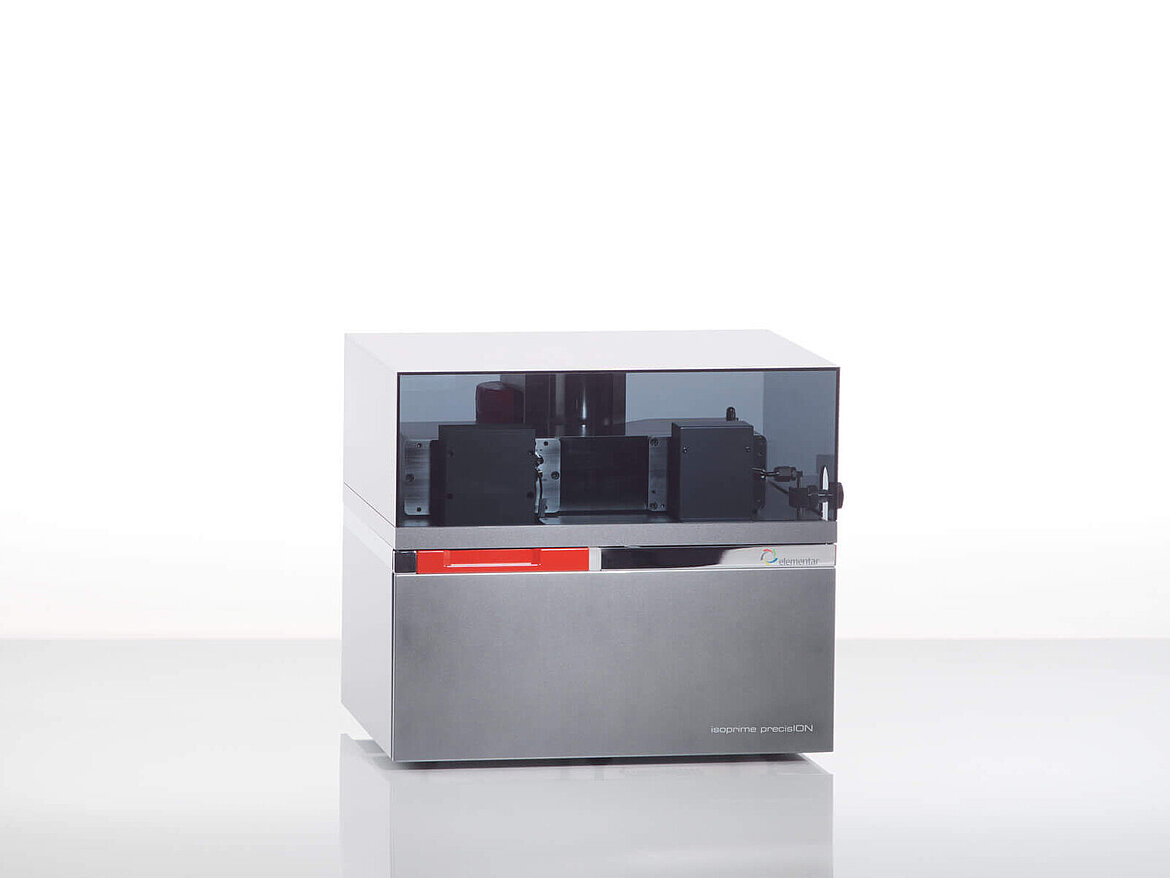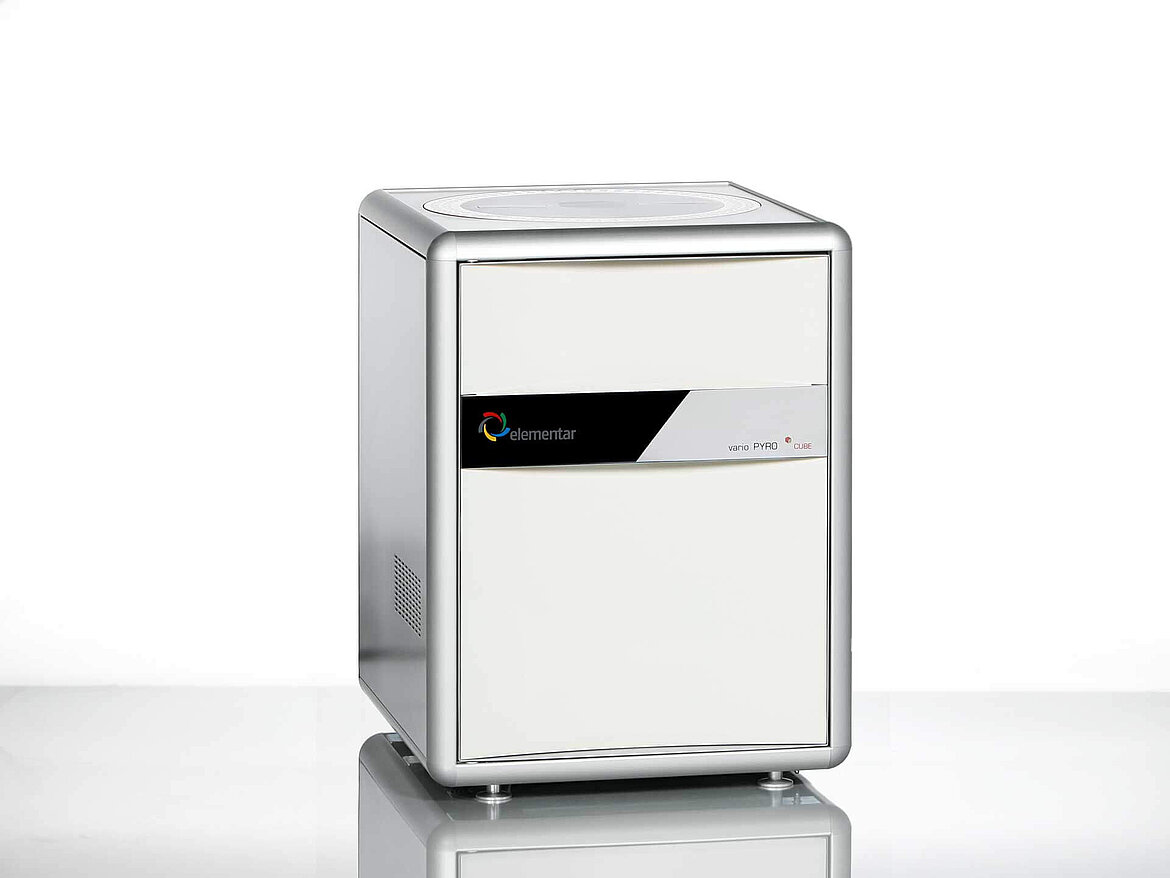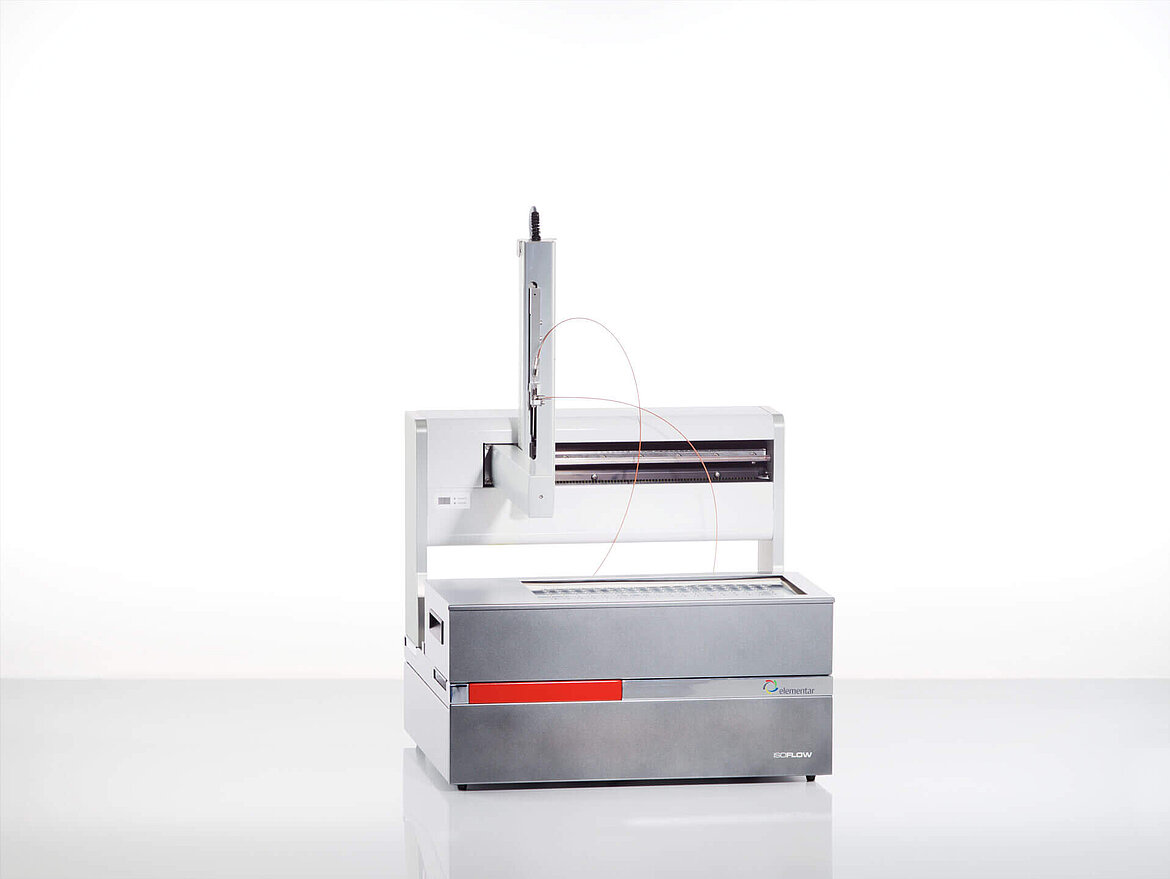Isotopic systematics point to wild origin of mummified birds in Ancient Egypt
Marie Linglin1,8, Romain Amiot1, Pascale Richardin2,3, Stéphanie Porcier4, Ingrid Antheaume1, Didier Berthet5, Vincent Grossi1, François Fourel6, Jean Pierre Flandrois7, Antoine Louchart1, Jeremy E. Martin1 & Christophe Lécuyer1
1ENSL, CNRS, LGL-TPE, Univ Lyon
2Centre de Recherche et de Restauration Des Musées de France
3UMR 7055, Préhistoire et Technologie (Pretech), Université Paris Nanterre
4Laboratoire CNRS “Histoire et Sources des Mondes Antiques” (HiSoMA-UMR 5189
5Musée des Confluences, Lyon
6CNRS, ENTPE, UMR5023 LEHNA, Univ Lyon
7CNRS, UMR5558, Laboratoire de Biométrie et Biologie Évolutive, Univ Lyon
8CNRS, Minist Culture, LAMPEA, Aix Marseille Univ
A significant part of ancient Egyptian religion was that most of the worshipped gods had an animal form. It was common practice to mummify dead people in order to preserve the body and reach the afterlife. Alongside dead people it was also common to mummify animals for four main purposes: victual mummies for food in the afterlife, sacred mummies to preserve the remains of a living incarnation of a god, pet mummies, and mummies as offerings to the gods. The widespread use of mummies as offerings to Horus (the Falcon) and Thoth (the Ibis) led to a huge production of bird mummies. Such an intensive production of bird mummies has led to questions as to whether birds were farmed (economic impact) or hunted (ecological impact on populations). Using stable carbon, oxygen and sulfur isotope compositions of bones, feathers and wrappings can help shed light on the origin of the mummified birds as their tissues reflect the isotopic compositions of their foraging environment.
Bone phosphate oxygen isotopes (δ18Op) and feather isotopes (δ13C, δ15N, δ34S) were determined using an Elementar continuous flow mass spectrometer interfaced with a vario PYRO cube®. The vario PYRO cube operates in both OH mode and CNS mode, offering high precision CNSOH results all in one instrument. Carbon, nitrogen and sulfur reproducibility was ±0.1 ‰, ±0.3 ‰ and ±0.2 ‰, respectively. Bone carbonate (δ18Oc and δ13Cc) was determined using an isoprime precisION isotope ratio mass spectrometer interfaced with an iso FLOW headspace analyzer. The UltiTrap technology makes the iso FLOW uniquely capable of analyzing impure carbonate samples (such as apatite carbonate in bones) due to the separation column that purifies sample prior to isotopic analysis. Reproducibility for the carbon and oxygen isotope compositions of bone apatite was better than ±0.05 ‰ and ±0.1 ‰, respectively.
Results indicated that ibises ingested food from the Nile valley but of a higher isotopic scattering than diet of ancient Egyptians, while the birds of prey had more exotic isotope values indicating migratory behavior.
Please find full paper here: https://doi.org/10.1038/s41598-020-72326-7




